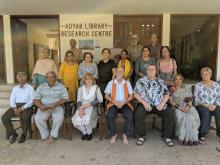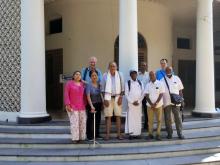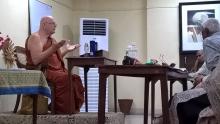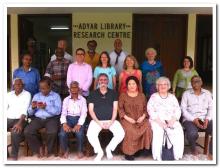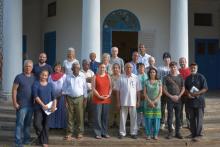Living Theosophy in 21st Century
We are living at a time where the evolution of our human civilizations is accelerating. Values, ethics & community's life models are changing rapidly. Science and Technologies are reshaping the landscape of our human development. Ancient Wisdom teachings are more than ever a robust guide on an ever-moving path. Their application to day-to-day life requires an adaptation to the new challenges.
